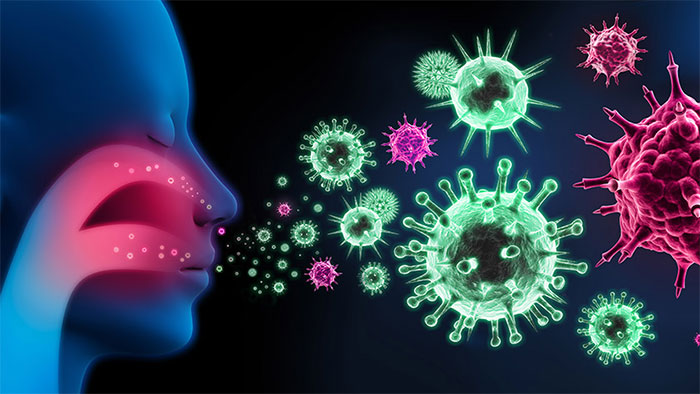When is a Covid-19 patient most likely to spread the virus?
According to the document “Adjusting the Definition of Covid-19 Cases” accompanying official letter No. 11042 issued on December 29, 2021, by the Ministry of Health, the transmission period for an infected individual (F0) is calculated from 2 days before the onset of symptoms until a negative test result or a CT value of ≥30.

Covid-19 symptoms can appear within 2-14 days after contact with an infected person.
For asymptomatic confirmed cases, the transmission period is counted from 2 days prior to the time of sampling that resulted in a positive test.
Meanwhile, the U.S. Centers for Disease Control and Prevention (CDC) states that there is increasing evidence that the transmission of SARS-CoV-2 often occurs 1-2 days before the patient begins to show symptoms and continues for 2-3 days thereafter. Covid-19 symptoms can appear within 2-14 days after contact with an infected person.
For asymptomatic individuals, the CDC indicates that they may be contagious at least 2 days before testing positive. After 7 days, the risk of transmission significantly decreases.
The CDC also recommends that those who have been in contact with an infected person should get tested 5 days after exposure or immediately upon the onset of symptoms. With the Omicron variant, due to a shorter incubation period, individuals exposed to an infected person should test after 2 days.


















































